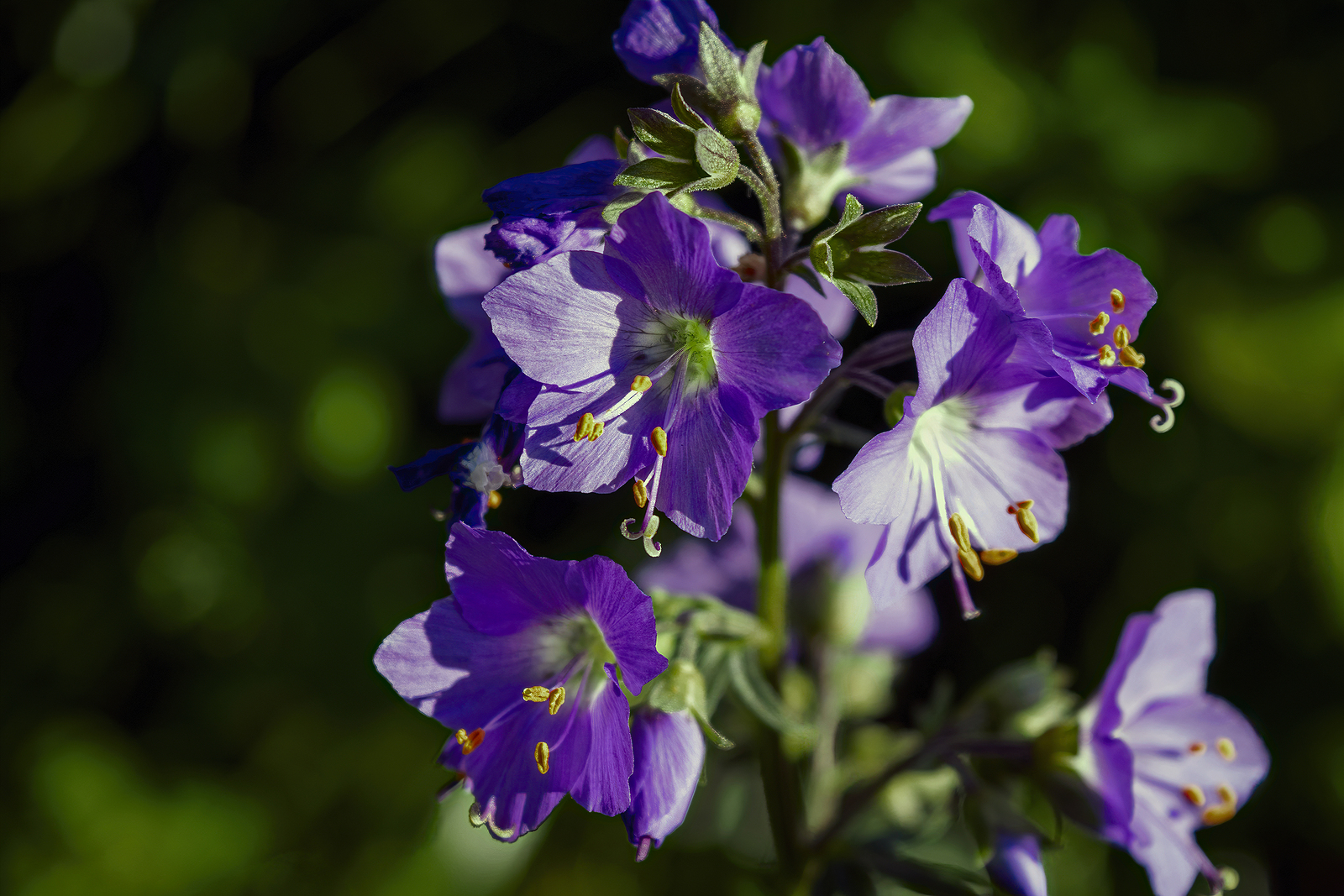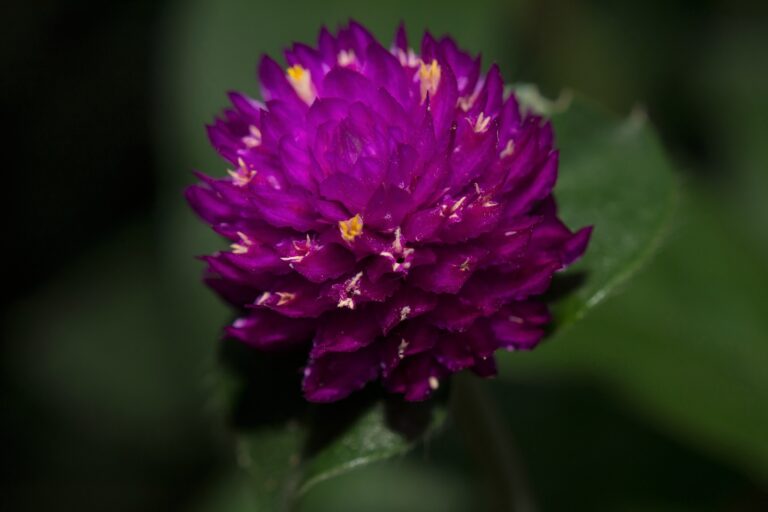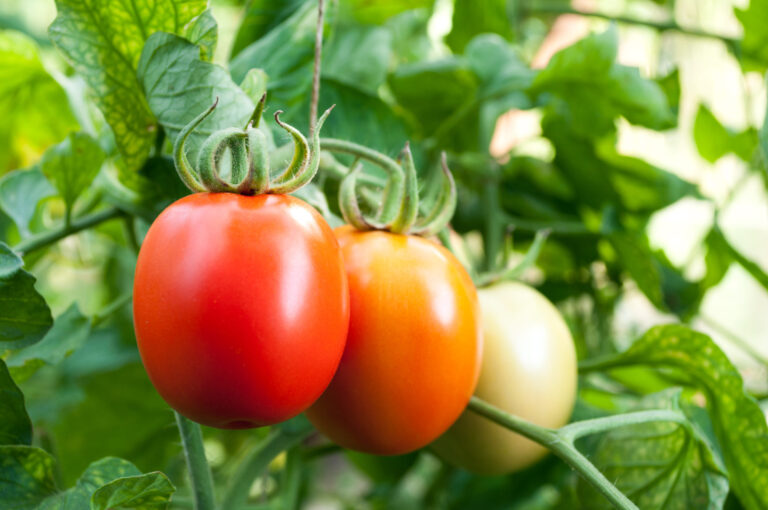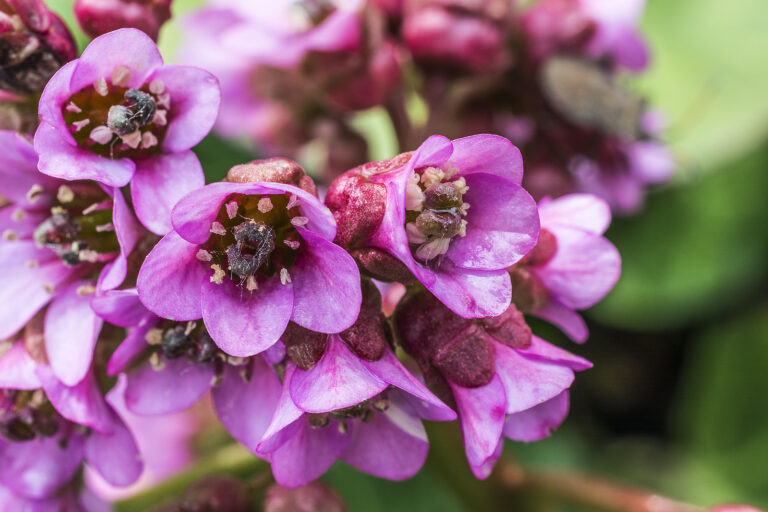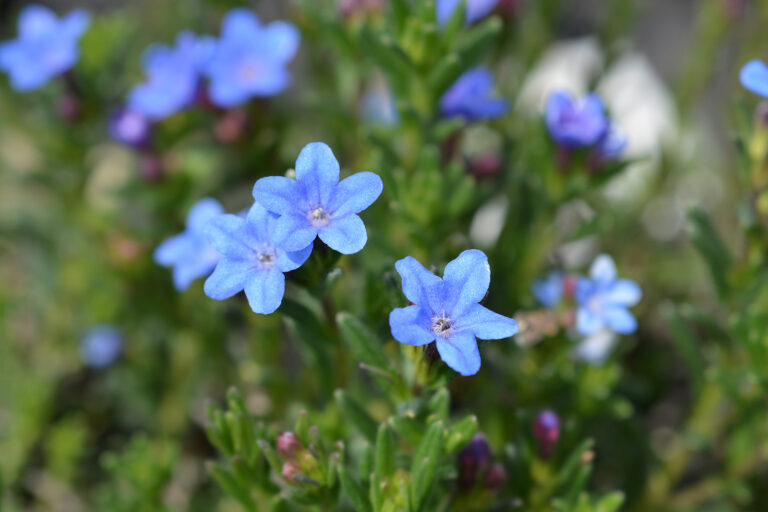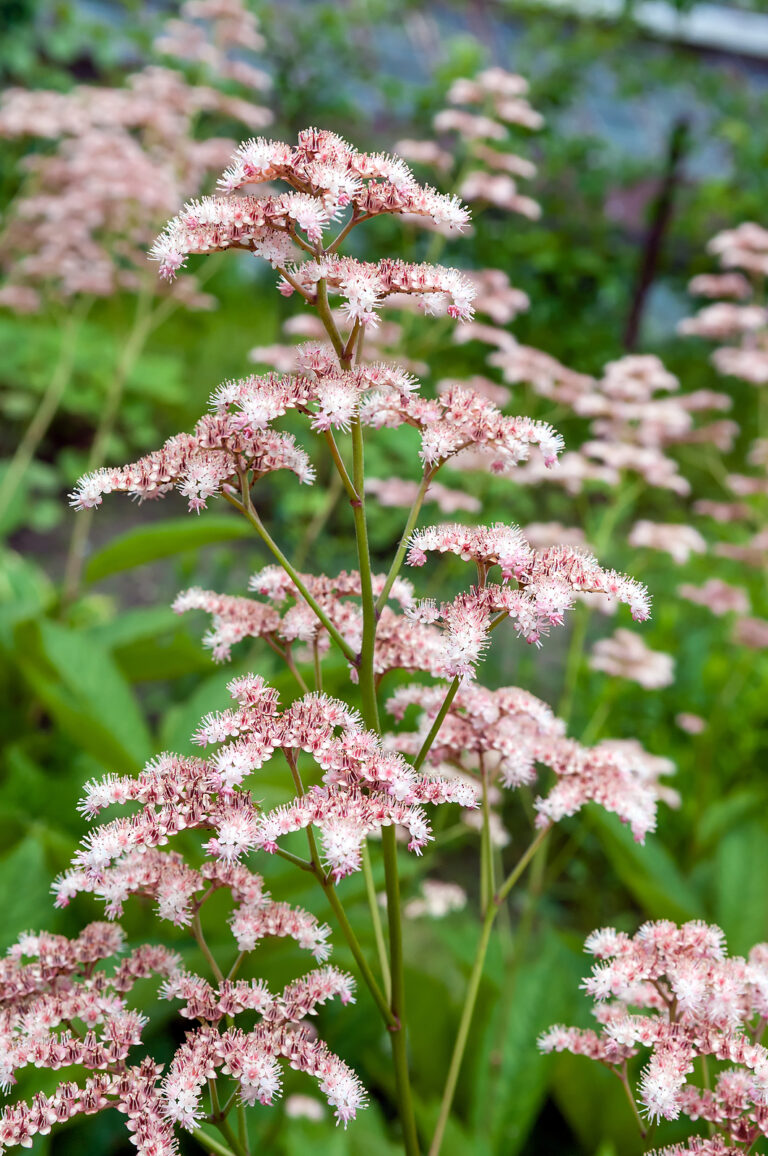How to Grow Jacob’s Ladder — Polemonium
Polemonium — Jacob’s ladder–is a lush perennial with finely divided foliage and bears clusters of tubular, saucer, or bell-shaped flowers in spring and summer. Blooms are borne in either branched clusters or singly and usually in shades of lavender-blue or white, but sometimes purple, pink, or yellow.
Polemonium produces clumps of leaves divided in a pinnate fashion; the fernlike leaflet pairs that have been compared to rungs on a ladder–thus the common name Jacob’s ladder.
Polemonium is a lush and colorful choice for growing in the dappled shade of trees. Polemonium combines nicely with bleeding heart, bellflower, ferns, hellebore, hosta, and lilies.
There are about 25 species in the Polemonium genus. All are deciduous, clump-forming annuals and perennials; some are rhizomatous. Polemonium is native to damp meadows, woodlands, and stream banks in Europe, Asia, North American, and Central America.
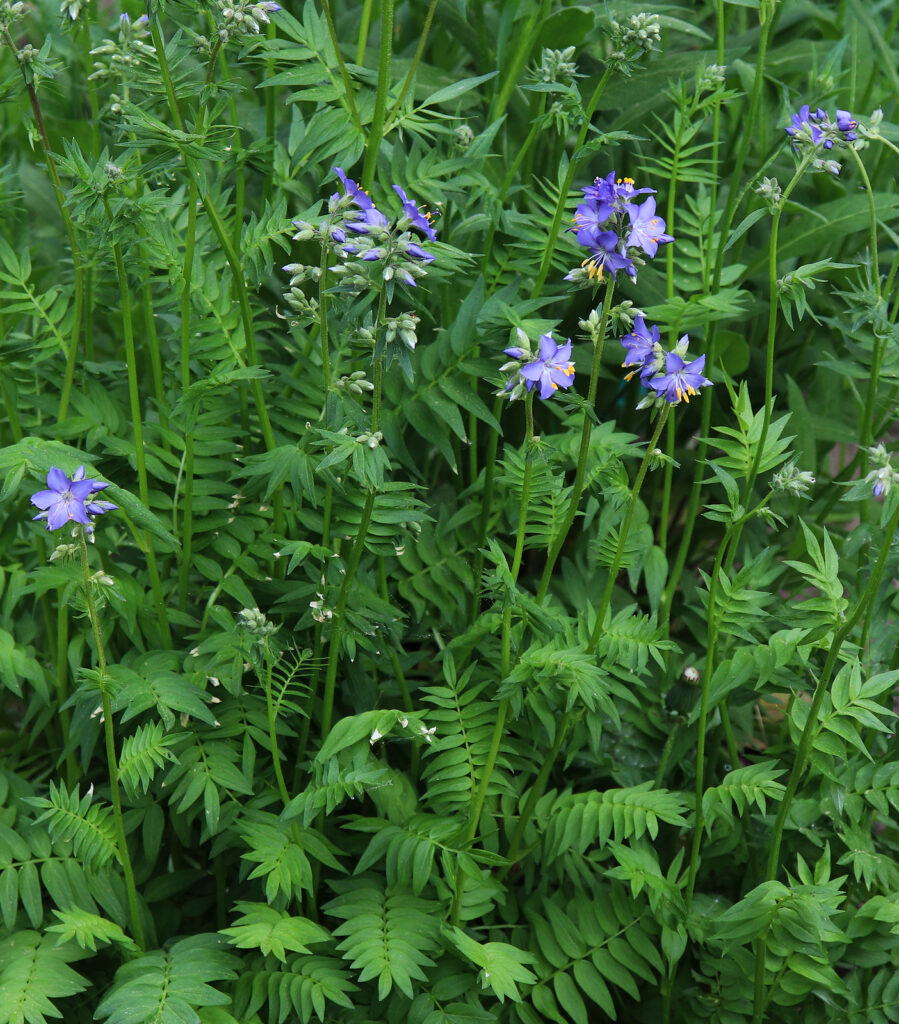
Get to know Polemonium
- Plant type: Perennial.
- Growing zones and range: Zones 3 to 9.
- Hardiness: Hardy to Zone 3; dies back to the ground in cold winter regions
- Height and width: 12 to 36 inches (30-90cm) tall and 12 inches (30cm) wide
- Foliage: Stems bear fernlike leaflet pairs that have been compared to rungs on a ladder.
- Flowers: Clusters of small, flat, or bell-shaped flowers; blooms are formed either in branched clusters or singly and usually come in shades of lavender-blue or white, but also purple, pink, or yellow.
- Bloom time: Late spring to midsummer.
- Uses: Border or in a blue-and-white garden.
- Garden companions: ‘White Wonder’ catmint (nepeta x faassenii ‘white wonder’), bleeding heart, bell-flower, ferns, hellebore, hosta, and lilies.
- Common name: Jacob’s ladder, Greek valerian
- Botanical name: Polemonium
- Family name: Polemoniaceae
- Origin: Temperate damp meadows and woodlands around the world
Where to plant Polemonium
- Plant Polemonium in full sun or light shade.
- Plant Polemonium in humus-rich, moist and well-drained soil.
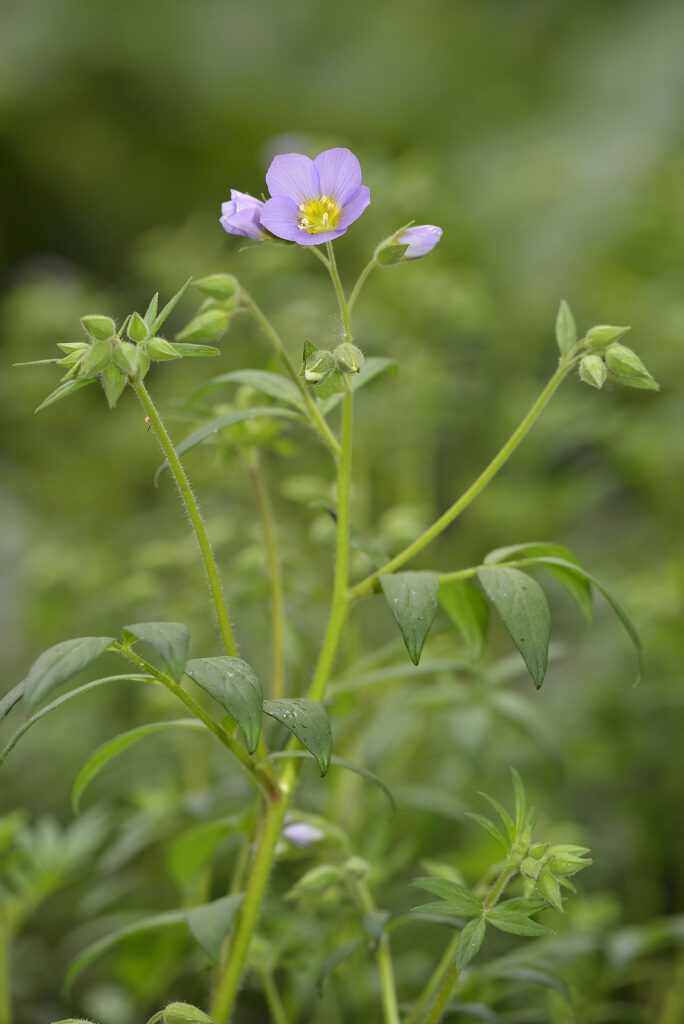
When to plant Polemonium
- Plant Polemonium seed in spring or fall.
- Set container-grown Polemonium in the garden in spring.
Planting and spacing Polemonium
- Space Polemonium 12 inches (30 cm) apart.
- Sow seed 1/8 inch deep in evenly prepared soil.
How to water and feed Polemonium
- Give Polemonium regular water.
- Fertilize Polemonium with an all-purpose organic fertilizer in spring.
How to care for Polemonium
- Deadhead Polemonium regularly to keep plants blooming.
Polemonium pests and diseases
- Polemonium can develop leaf spot, mildew, or rust.
- Polemonium have few pest problems.
Polemonium propagation
- Sow seed in containers in a cold frame in autumn or spring.
- Polemonium seeds germinate in 14 to 28 days at 70℉ (21℃); refrigerate seeds for 60 days before sowing seeds.
- Divide Polemonium in early spring.
- Take Polemonium stem cuttings in early summer.

Polemonium varieties to grow
- Polemonium boreale, a dwarf alpine plant with purple-blue flowers, is suitable for rock gardens and shady banks; grows to 1 foot (.3m) tall.
- P. caeruleum, Jacob’s ladder, also called Greek valerian: native to western North America as well as Europe and northern Asia; bears attractive purple-blue flowers atop upright stems; grows 1-3 feet (.3-.9m) tall, with 1 foot (.3m) wide mound of leaves topped by clusters of bell-shaped lilac-blue flowers in early summer; ‘Album’ has white flowers; ‘Brise d’Anjou’ has lavender-blue blooms and a cream-colored edge around each leaflet.
- P. folisissimum: grows to 2.5 feet (.75m) high, with leafy stems and lavender-blue flowers enhanced by bright orange stamens; native to the western United States; short-lived where summer heat is accompanied by high humidity.
- P. firmament, a hybrid between P. caeruleum and P. reptans: grows to 20 inches (51cm) high, with bright blue flowers.
- P. reptans, creeping Jacob’s ladder: mounding species native to the eastern United States; wildflower in eastern woodlands and midwestern plains; is similar to P. caeruleum but as a more rounded form, with bright blue flowers; grows to about 1 foot (.3m) tall and spreads to 1.5 feet (.5m); bears clusters of bell-shaped, sky blue, .5 inch wide (1.3cm) flowers in late spring and early summer; best known for its variety ‘Blue Pearl’, a profusely blooming blue-flowered dwarf with spreading growth to 9 inches (23cm) high, 1.5 feet (.5m) wide; good in a shaded, dampish rock garden; ‘Alba’ has white flowers; ‘Lambrook Mauve’ also sold as ‘Lambrook Manor’, bears .5-.75 inch (1.3-1.8cm) wide lilac-blue flowers. Zones 2 to 8.

